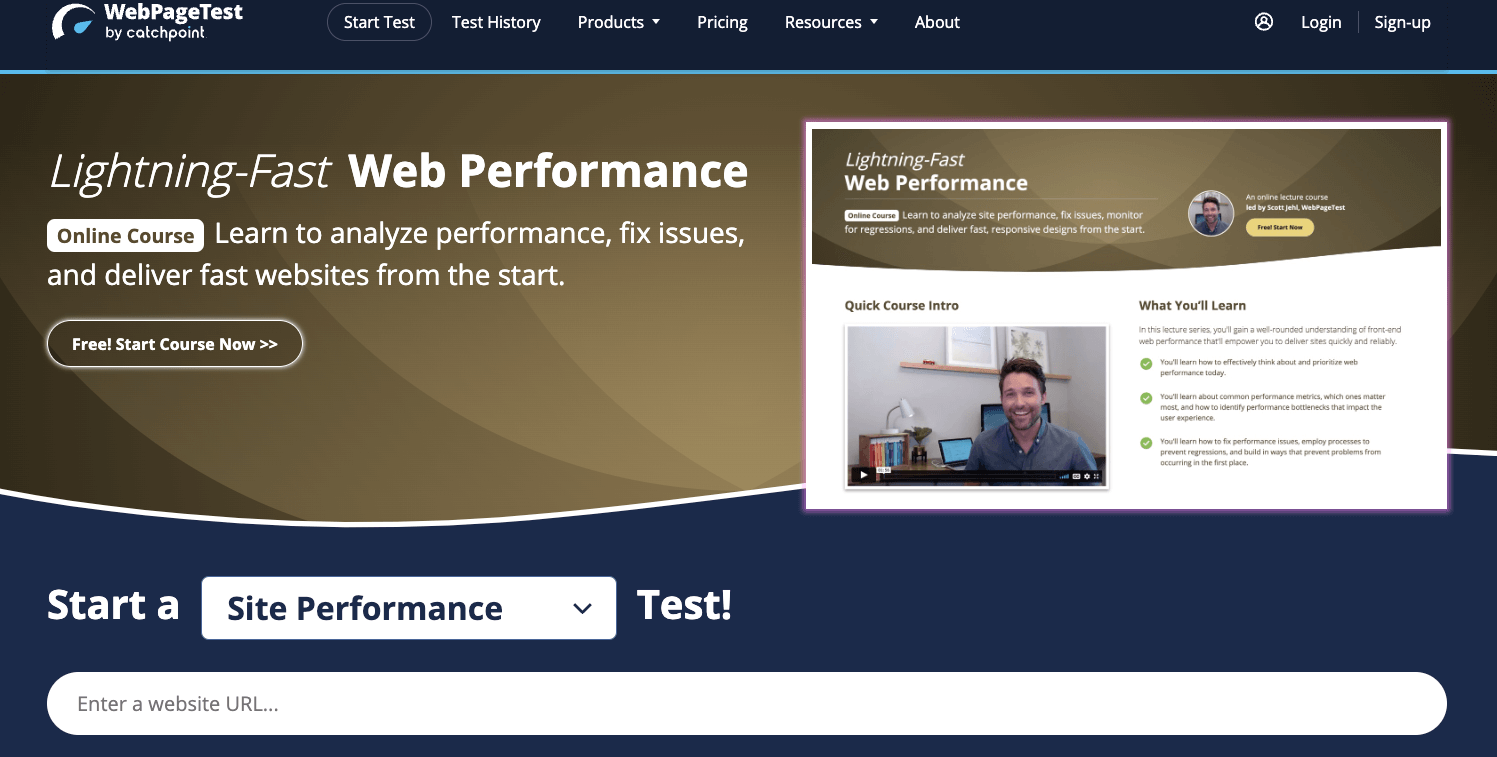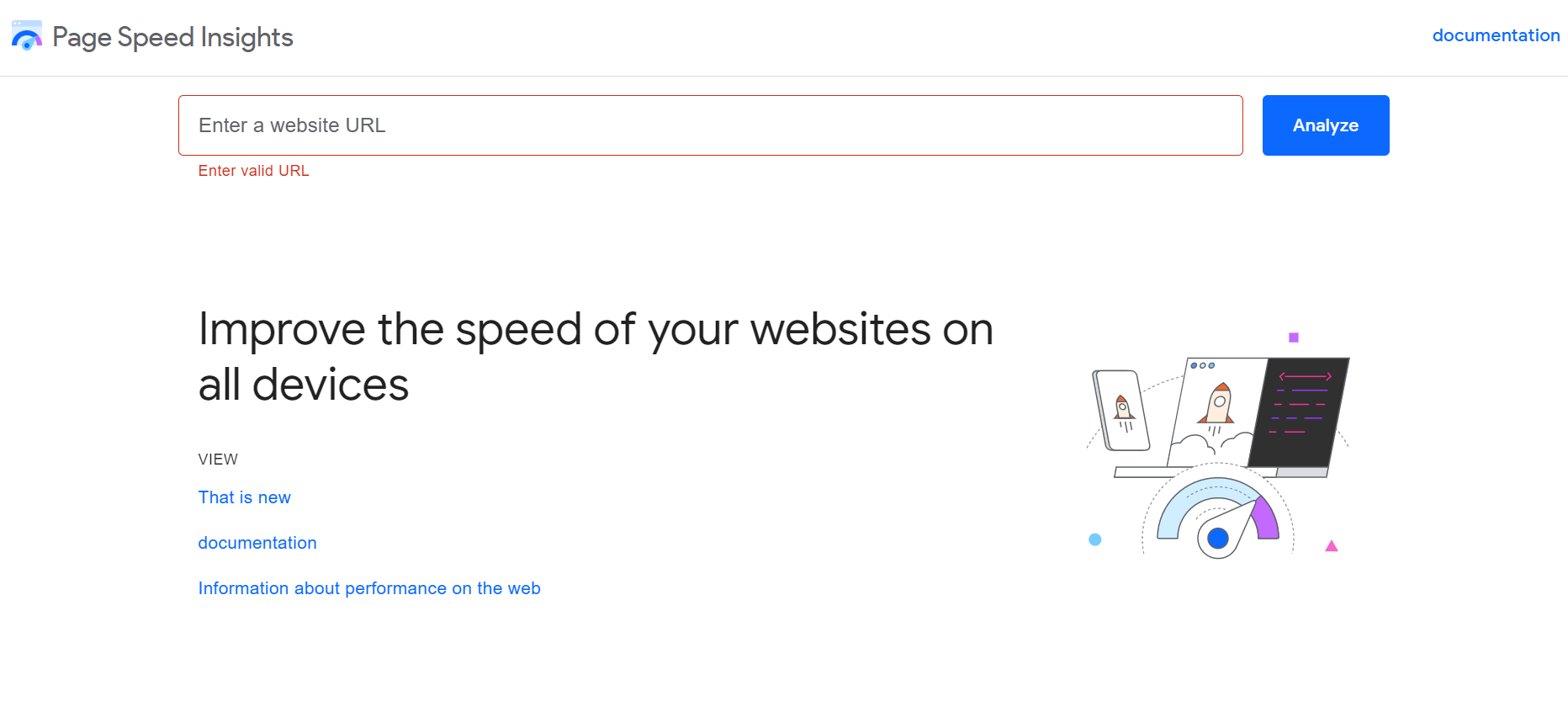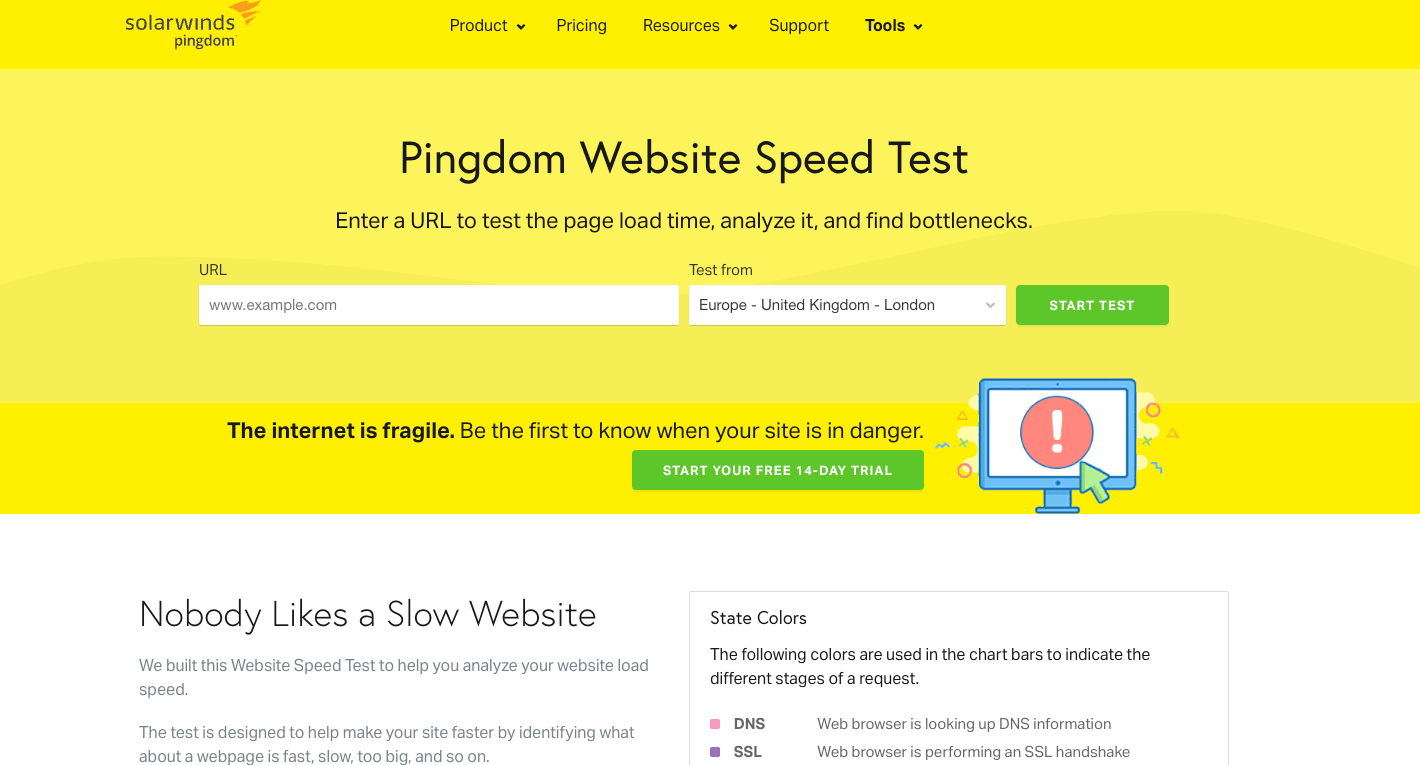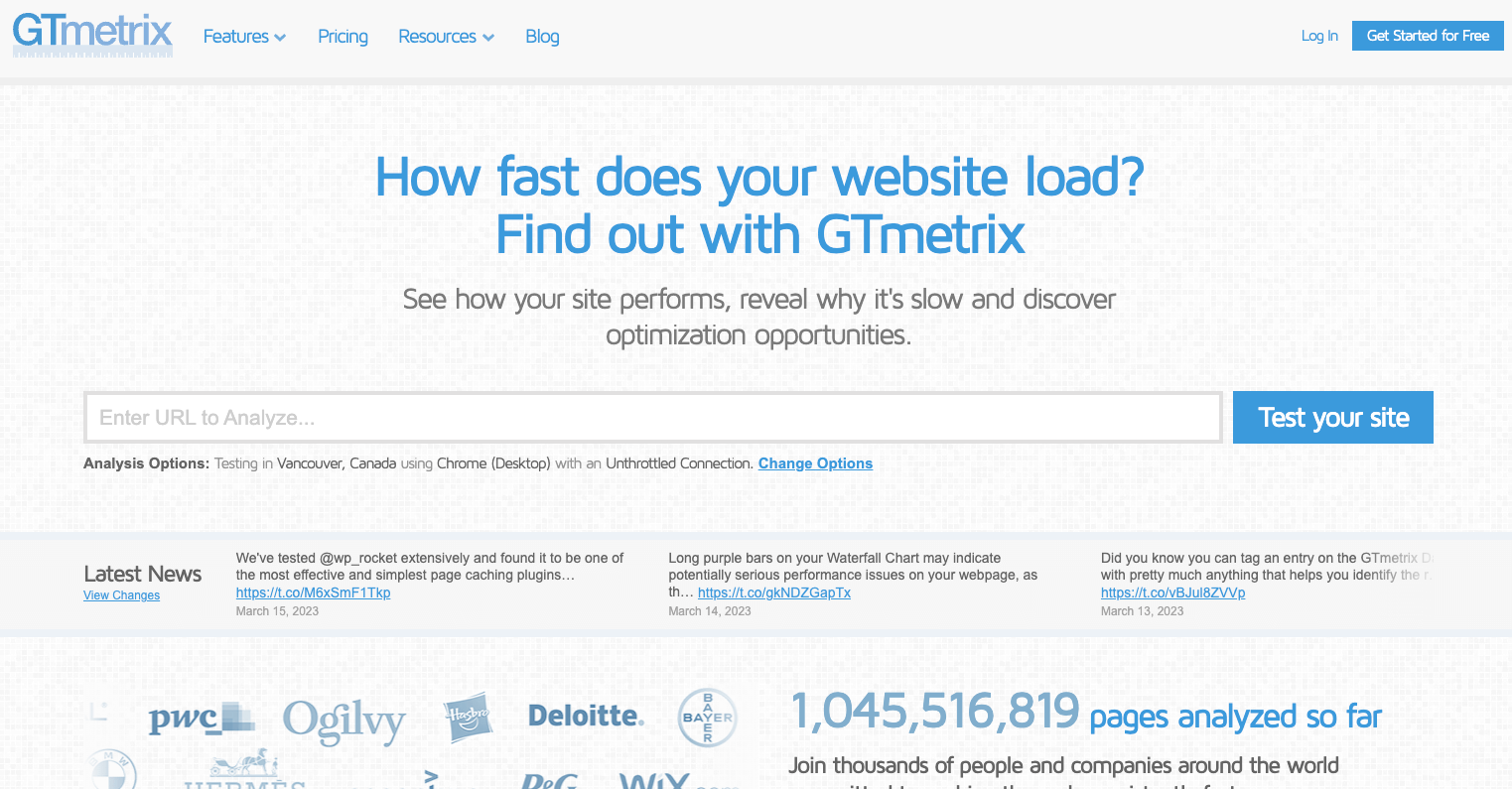Milliseconds make the difference between bounce and conversion in online shopping. If your WooCommerce shop is too slow and your (potential) customers have to wait too long, your conversion rate will deteriorate. Shopping basket cancellations increase and you lose visibility, which means you sell less than you could.
In this article, you can find out what makes a fast online shop, how to check whether your WooCommerce is performing and what you can do to make your WooCommerce faster.
Why speed is so important for an online shop
The first impression of a shop is the most important – and you achieve this through the loading time. No matter how elegant your design is and how intuitive the navigation works: If your online shop loads too slowly, the effort was more or less in vain. This is because the loading speed has a massive impact on the conversion rate (i.e. how many of your website visitors you convert into paying customers).
There are also other factors that are influenced by the loading time, such as visibility and shopping basket cancellations. Let’s take a look at the facts one by one:
Conversion rate
The following statistics will help you understand how important the loading speed of your WooCommerce shop actually is for your conversion rate:
- Almost 70% of users admit that page speed influences their willingness to buy(Unbounce, 2019)
- Half of all 1145 respondents would be prepared to forego animations and videos for faster loading times.(Unbounce, 2019)
- The first five seconds of page load time have the greatest influence on the conversion rate.(Portent, Update 2022)
- The conversion rate of a website decreases by an average of 4.42% with every additional second of loading time (between 0 and 5 seconds).(Portent, update 2022)
Let’s take a simple calculation example: 1000 people visit your WooCommerce shop every day. On average, you generate €100 in sales per customer. Because your website takes one second longer to load, you lose 4.42% of the 1000 visitors who would have liked to buy. That’s a total of €4420 in lost sales per day.
Visibility
In addition to the conversion rate, the loading speed influences how visible your online shop is. We have known since 2010 that page speed is one of the official Google ranking factors. The focus on optimisation for mobile devices was added in 2018. In May 2020, Google also announced that loading speed (page speed) is included in the evaluation of the user-friendliness of websites (page experience).
This means that if you optimise the loading time (as part of WooCommerce SEO), this can help to improve your Google ranking. This makes it easier for (potential) customers to find you in the search results.
Shopping basket cancellations
The Baymard Institute analysed 48 statistics on shopping cart abandonment and came to the following conclusion: 22 percent of online shoppers abandon a purchase because the page loads too slowly. And 80 per cent of all visitors who abandon a purchase never return to the website. Conversely, fast loading times and the associated positive user experience make it more likely to retain customers.
To summarise briefly: Your turnover stands and falls with the performance of your e-commerce shop.
Before we go straight into how you can make your WooCommerce faster, the question arises: What is fast?
What is the optimum loading time?
Visitors define what is fast or slow through their user behaviour: According to Google, the just-acceptable loading time for e-commerce websites is two seconds. Google itself aims for less than half a second. The highest conversion rate in e-commerce occurs on pages with loading times between 0 and 2 seconds.(Portent, Update 2022)
Note
When you make your WordPress faster, keep in mind that there is a difference between actual (faster) loading time and the perceived loading time of your visitors. It’s best if your online store is fast and also perceived as fast. See our post Make WordPress faster.
You can measure speed with these four tools
Key figures help you to know where you stand, where you want to go and whether you are on the best path to achieving your goals. In concrete terms, making your WooCommerce faster means getting under 2 seconds loading time – even in the mobile version.
The following tools will help you to measure the performance of your website and determine its speed:
1) WebPageTest is the best and most comprehensive tool for determining the loading time of your website. Above all, it is the only tool we know of that displays the perceived loading time of your WooCommerce shop. (There is a Pro version and a free version that already provides sufficiently detailed data).
You can find out which settings you can make to analyse the performance of your website in our WebPageTest guide.

2 Google PageSpeed Insights is a free tool that quickly reveals the performance potential of your website. It gives you good tips on what you can optimise to speed up your WooCommerce shop. However, the tool does not show you what is actually happening on your website. You should therefore not rely solely onPageSpeedInsights.

3. pingdom tools is free by default, but is also available in a Pro version. With this tool, you can test the loading time of over 70 query sites worldwide, which is interesting if you have an international presence. Otherwise, use the PageSpeed data that you retrieve from Germany to check other tests. You should never rely on just one testing tool.

4 Like the other tools, GTmetrix generates a performance report based on the GT performance from the Lighthouse Website Audit Tool and the proprietary GTmetrix Structure metric. This includes the overall performance of the websites. The server test location is Vancouver (Canada).

Important: Instead of focussing on getting good grades in the PageSpeed tests, pay attention to the perceived loading speed of your website. Also note that the results are slightly distorted by repeated tests: You perform faster in the speed test the more often you enter your URL into the respective tool, which is due to caching.
Excursus: Speed
That wasn’t deep enough for you and you want to read up on PageSpeed in more detail? No problem! In our magazine, you can find out everything about PageSpeed Insights and the importance of website speed, among other things. You can also read how to correctly measure your website’s loading time and how to solve a typical problem when comparing performance.
Speed up WooCommerce: 8 tips and tricks from experts
We have explained why you should make your online shop faster, what is fast and how you can determine the speed. What’s important now is how exactly you can make your WooCommerce faster.
#1 Optimise the WooCommerce settings and reduce useless requests
The URL of your login page is domain.com/wp-admin/ by default. This is no secret, even for bots and hackers. Therefore, change your login URL to something unique to protect yourself from brute force attacks and the like. At the same time, this will protect you against HTTP error 429, which is triggered when a user agent tries to access a certain page too often in a short period of time. This in turn initiates rate limiting so that your server resources are not completely exhausted by a high number of malicious requests.
As you can probably imagine, this reduces the performance of your WooCommerce and capacities are wasted. Therefore, avoid unauthorised login attempts by changing the URL of your login page. The WPS Hide Login plugin is helpful here.
#2 Use a fast WooCommerce theme
A fast loading time results from the sum of many measures. It therefore makes sense to either build your shop on a lightweight theme from the outset or to retrofit it later. In the WP Rocket Speed Test, the WordPress themes Botiga, Astra and Blocksy performed particularly well.
#3 Increase the WordPress memory limit
One thing is certain: the standard WordPress memory limit of 32 MB is too small for an e-commerce shop. (The PHP memory limit determines the maximum memory quota that the working memory provides for PHP processes. This limit prevents servers from being overloaded by a faulty script, for example. More complex websites such as a WooCommerce shop require a higher PHP memory limit so that servers can withstand the large and simultaneous processes).
Error messages such as “Permitted memory size exhausted” mean for the speed of your website: It crawls or does not load at all. (With Raidboxes, the PHP memory limit for WooCommerce solutions can be extended up to 2048 MB depending on the tariff).
If you currently have too little storage space, contact your hosting provider.
#4 Reduce the number of plugins and WooCommerce extensions
A plugin has now been programmed for every ailment that websites and shops can have. On the one hand, this is practical, but on the other, you are tempted to install countless plugins and WooCommerce extensions. (WooCommerce extensions work like plugins.) As a result, you can quickly lose track and weigh down your website, making it slower.
In order not to hinder the performance of your WooCommerce, the quality of the plugins and extensions is particularly important. They should also be compatible with each other. Plugins that perform some of the same tasks can impair each other’s functionality.
Therefore, clear out and remove unnecessary plugins from your WordPress database to make your WooCommerce faster.
#5 Optimise your images
Your WooCommerce shop lives from images. However, if the images are not optimised for performance, your website will be slow as a snail. Reduce the file size of your images before uploading them to your website by choosing the right file format and optimising the images for WordPress. Find the balance between file size and quality when compressing the image files. The images in your WooCommerce shop should never be pixelated.
JPEG is the best file format for product images. Even if you crop the images after taking them, you should not upload them to your WooCommerce shop as a transparent PNG.
Instead, add a white background directly and save it as a JPEG. This will save you memory space and your website will load faster.
#6 Speed up WooCommerce with caching
If you want to achieve top speeds, caching is a must. Caching prevents WordPress from having to recalculate your page every time it is called up. Instead, your page is loaded fully rendered from the cache.
You can get the caching performance boost either via caching plugins, such as W3 Total Cache or WP Super Cache. Another option is that your hosting provider has already configured caching for you on the server side. Some hosters, including Raidboxes, offer this. This almost always eliminates the need to use caching plugins, which is ideal as third-party providers are excluded.
#7 Clean up your WooCommerce database
Nobody sprints with ballast, not even your website. Therefore, clear your WooCommerce database of unnecessary data clutter. To do this, go through the steps explained in the article Cleaning up the WordPress database:
- Remove themes
- Clean out plugins
- Delete drafts
- Delete revisions
- Clean up and optimise media library
- Delete WordPress sessions
#8 Optimise your shop for mobile first
Mobile first pays off in terms of visibility, user-friendliness and therefore your wallet. The easiest way to make your WooCommerce mobile-friendly is to use a responsive WordPress theme (such as Astra, Botiga or Blocksy). Responsive means that the layout of your website adapts to the respective screen size of the end device, which is essential for a good shopping experience.
After all, according to studies, more than half of all traffic comes from mobile devices(59.16 per cent, excluding tablets). If the majority of your shop visitors are browsing on mobile, shouldn’t most conversions also take place via smartphone? However, more visitors actually convert on desktop: In Q2 2022, three per cent of visitors who shopped via desktop and only two per cent of all those who visited the website via smartphone made a purchase. (Although the statistics relate to US online shops, the same is also reflected in global online shopping ).
Fast loading time starts with hosting
All other measures to make your WooCommerce faster are useless if your (WordPress) hosting can’t keep up. You should therefore pay attention to the following factors for WooCommerce hosting:
- Dedicated, high-performance servers instead of shared hosting: If you share servers and computing power with other website operators, this slows down the loading speed of your shop. To make your WordPress up to 400 per cent faster, you only need the full performance and computing power for your WooCommerce. To ensure this, we at Raidboxes rely on vServer technology.
- Special infrastructure optimised for WordPress and WooCommerce: If the hosting is optimised for WordPress from A to Z, you can save yourself a lot of third-party plugins. At Raidboxes, for example, we also ensure that your website is running the latest WordPress version or that you can have plugins updated automatically.
Conclusion: Making WooCommerce faster is a priority
The phrase “time is money” sums up why speeding up your WooCommerce shop should be a priority. Milliseconds decide whether you convert visitors into customers or drive them away forever with a lame user experience. The good news is that you can make your WooCommerce faster – from hosting to mobile-first optimisation to database cleanup.
Make your questions about WooCommerce faster
Do you have questions about optimizing WooCommerce? Then feel free to use the comment function.For more insights on WordPress, web design or online business, follow Raidboxes on Facebook or LinkedIn – or subscribe to our newsletter.


Leave a Reply